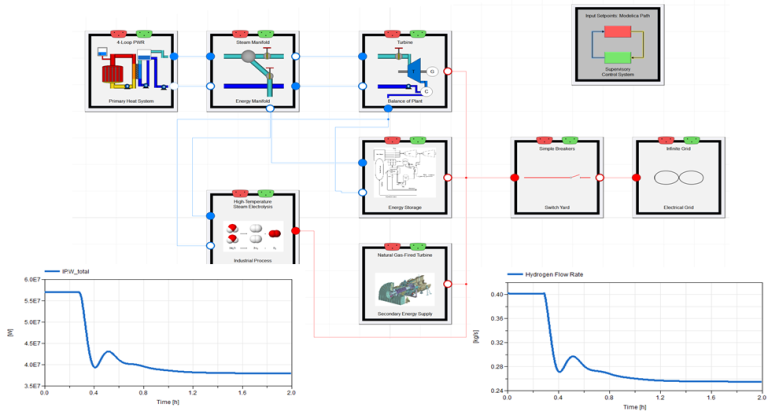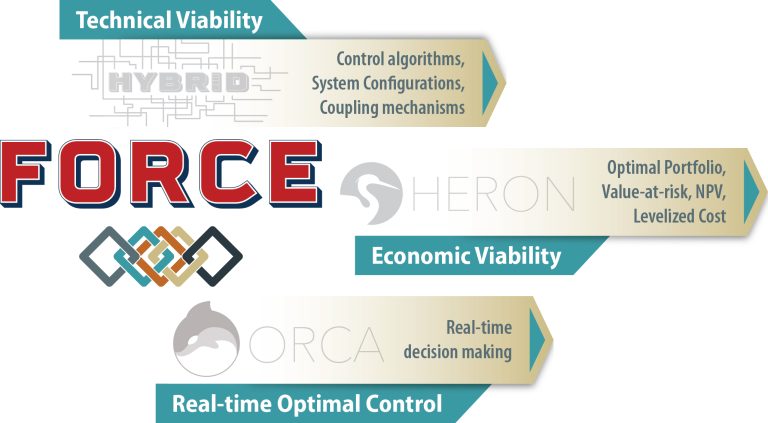System Simulation
The IES program focuses on the research and development of tools and technologies that lead to demonstration of IES with a clear path toward commercialization.
System Simulation researchers are developing a framework for modeling IES that accommodates various reactor types, renewable technologies and energy users. Known as the Framework for Optimization of Resources, Controls and Economics (FORCE), this analysis capability provides an interface to access several code repositories that answer part of the problem.
FORCE Tool Suite
The Framework for Optimization of Resources, Controls and Economics (FORCE) is a collection of software tools developed under the IES program to enable analysis of technical and economic viability of many IES configurations. Each of these tools is available for use.
FORCE is being developed as a flexible platform for analyzing and optimizing various IES configurations in a plug-and-play environment. This platform allows stakeholders to use the toolset to conduct both technical and economic analyses for various electricity market structures as well as considering markets for other commodities produced by the IES. Results produced using this suite of simulation tools provide input for the experimental system activities and down selection of technology options for nuclear demonstration conducted in partnership with industry.
Analysis under the System Simulation platform falls into two main pathways of simulation: technoeconomic analysis and transient process modeling. Read more about FORCE in this article: “A FORCE to be reckoned with: Computer modeling for optimal energy partnerships.”
FORCE is broken down into three functions:
- Library of physics-based models for nuclear reactors, heat transfer, mass transport, energy storage and chemical/electro-chemical process (also referred to as HYBRID, for hybrid energy systems composition)
- Capital and operating cost estimation and cash-flow investment analysis (referred to as HERON, for Holistic Energy Resources Optimization Network)
- Real-time decision and component controls (also described as Optimization of Real-time Capacity Allocation, or ORCA).
Collectively, these functions support the development and operation of economically optimized systems that satisfy the energy demands of a user or combination of energy users based on project life and fixed financial investment parameters.
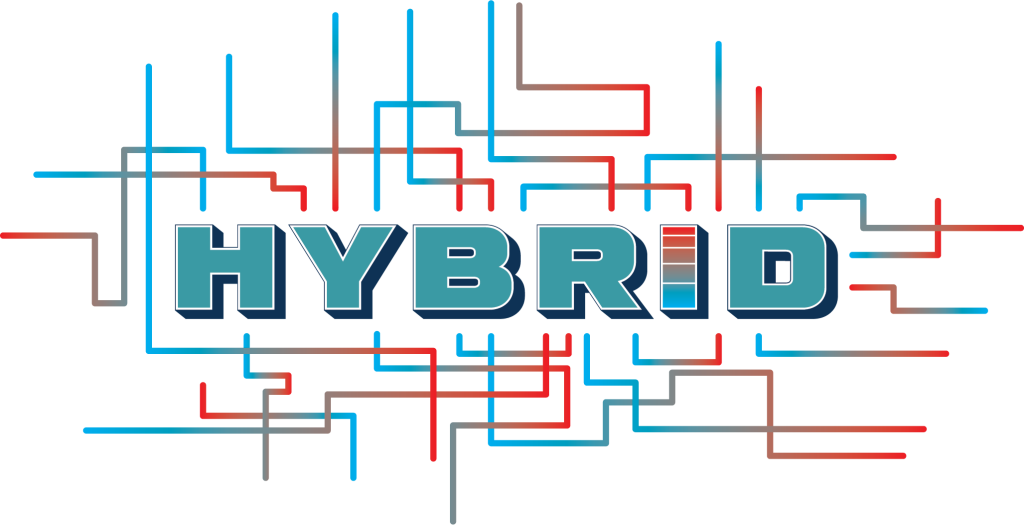
HYBRID is a repository containing a collection of transient process models written in the Modelica language. This repository contains detailed models of various nuclear reactors, energy storage processes and ancillary processes (e.g., water desalination, hydrogen production) that researchers can use to understand the dynamic behavior, integration and control of integrated energy systems across various time scales. For more information and to access the repository, click here.

HERON (Holistic Energy Resource Optimization Network) is a modeling toolset and RAVEN plugin to accelerate stochastic technoeconomic assessment of the economic viability of grid energy system configurations. HERON provides tools to generate workflows for grid energy system portfolio optimization based on stochastically generated time series and dispatch optimization. The stochastic histories are generated using models developed in RAVEN and are based on historical behaviors in specific markets and geographical regions. For more information and to access the toolset, click here.
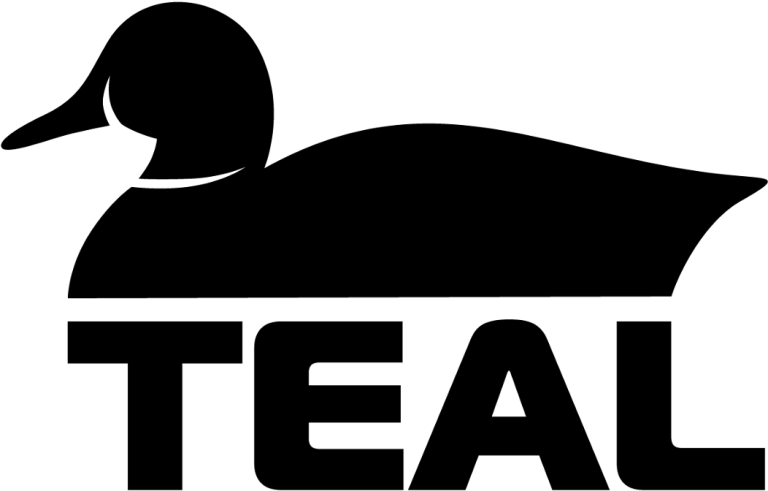
TEAL (Tool for Economic AnaLysis) is a RAVEN plugin that enables a workflow to compute the net present value, internal rate of return and the profitability index for a candidate IES using RAVEN. TEAL is primarily used as a resource for HERON but can also be used to analyze IES configurations with limited time resolution. For more information and to access the plugin, click here.

RAVEN (Risk Analysis Virtual ENvironment) is a flexible and multipurpose uncertainty quantification, regression analysis, probabilistic risk assessment, data analysis and model optimization framework. RAVEN is used as an engine for the other software tools, providing quality-assured workflows for robust optimization, synthetic history sampling, multi-code calculations and machine learning surrogate models. For more information and to access the framework, click here.

ORCA (Optimization of Real-time Capacity Allocation)is a modeling tool set to accelerate real-time control and optimization of digital twins, including virtual models of facilities, physical facilities and interconnections to allow optimal control of physical facilities using virtual models. ORCA is enabled by INL’s RAVEN and DeepLynx software codes. For more information and to access the plug-in, click here.

FARM (Feasible System Actuator) is a RAVEN plugin using a linear state-space representation of process models to predict the system state and output in the future time steps and to adjust actuation variables to avoid violation of implicit thermomechanical constraints for the individual subsystems and components. For more information and to access the plugin, click here.
Technoeconomic Analysis Pathway
Assessing the technoeconomic viability of grid-energy portfolios such as nuclear power, hydrogen production, water desalination and energy storage within a geographical location of the country involves optimization of the portfolio based on statistical economic metrics and stochastic scenario-based dispatch optimization. This pathway uses characteristic ramp rates and transfer functions of the portfolio systems representing the process models, hourly pricing data of the electrical and commodities markets and historical data such as load, electricity pricing, solar and wind data to perform a multilevel optimization resulting in optimal statistical economic metrics and configurations for grid energy systems.
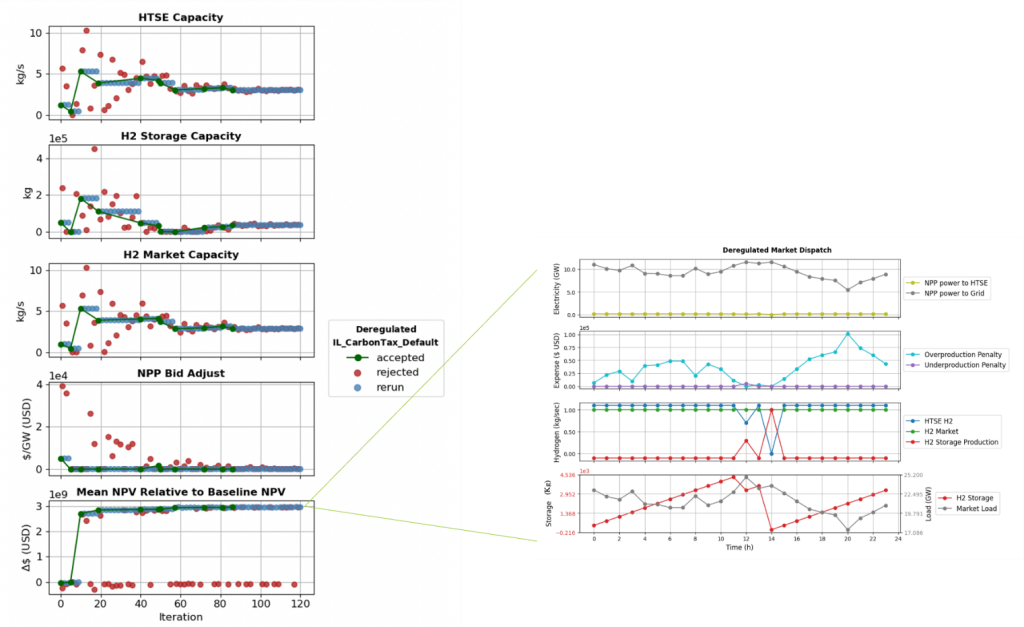
Transient Process Modeling Pathway
In the transient process modeling pathway, three subsets of workflows can be characterized using HYBRID: economic analysis, grid integration and technology deployment.
- Economic analysis:For economic analysis, the models inside HYBRID are interrogated to characterize the unit performance and the missed demand that would occur as the unit operates within various markets. These values then feed into the technoeconomic analysis pathway.
- Grid integration:If the transient process models are used for grid integration studies, then the large-scale process models (e.g., nuclear power plants, gas turbines, thermal energy storage systems) will be used alongside either new Modelica models or FMIs/FMUs (functional mock-up interfaces or functional mock-up units) to characterize and develop new IES configurations, develop control algorithms, characterize ramp rates of systems and optimize heat/electrical flows.
- Technology deployment: The final workflow using the HYBRID repository is the screening and deployment of technology at INL using verified and validated computer models of the INL experimental facilities. In this pathway a collaborator can virtually hook up a simulation of their technology, via FMI/FMU or a Modelica model to test novel control algorithms, potential integration techniques and energy flows in the laboratory on validated digital twins of the systems prior to down selecting the technology for deployment in the field at INL. This provides a cheaper, faster and more robust way of testing novel control strategies prior to bringing a technology into the lab to increase the system technology readiness level and to perform validation and verification analysis.
